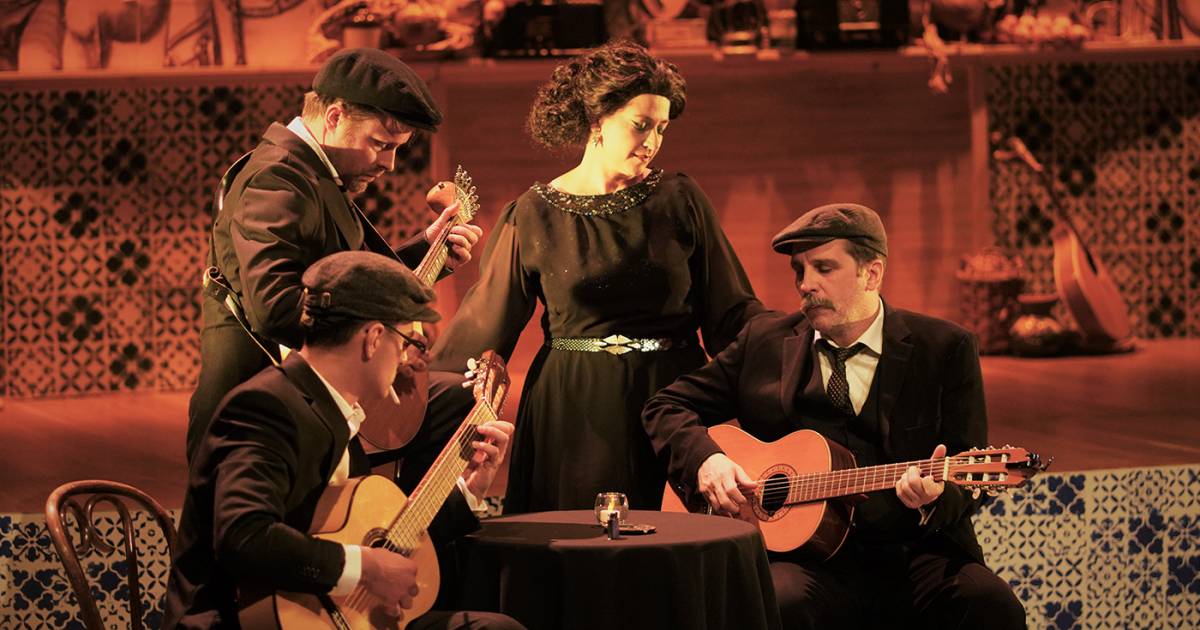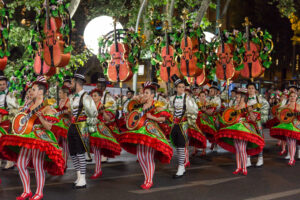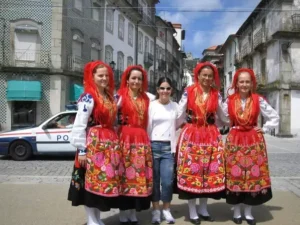The rich cultural history and changing times of Portugal can be seen and heard in its art and music. Both types of art show how Portugal has been influenced by many things, from its Roman roots to its explorations of the world and new ideas in modern times. Here is a closer look at the most important parts of Portuguese art and music, showing how they have changed over time and what they mean.
Art from Portugal
1. Art from before and after Rome
Portuguese art has roots in the Stone Age and earlier times. In the Côa Valley and the Serra de São Mamede, you can find rock art that shows how the people of Iberia used art in the past. When the Romans came, they brought new art styles and techniques with them, which changed the art and architecture of the area. Rome left behind ruins, mosaics, and sculptures in Portugal that you can see today.
2. Buildings in the Gothic and Manueline styles
From the 12th century to the 16th century, Portugal’s Gothic period saw the rise of large religious buildings. The grandeur of this time can be seen in Gothic cathedrals like the Sé de Braga and the Lisbon Cathedral. In the 15th and early 16th centuries, the Manueline style, a uniquely Portuguese take on late Gothic, began to take shape. The Jerónimos Monastery and the Belém Tower in Lisbon are both examples of this style, which is known for its intricate designs and nautical themes.
3. Art of the Baroque
During the Baroque era, which lasted from the 17th century to the 18th, Portuguese art became more dramatic and luxurious. A lot of sculptures, paintings, and church decorations were made during this time. Some well-known examples are the ornate interior of the Igreja de São Roque in Lisbon and the work of artists such as Manuel da Costa and Vieira Lusitano.
4. Art from today and today
Portugal had a lot of modern and contemporary art in the 1800s and 1900s. European styles shaped the modernist movement in Portugal, and artists such as Amadeo de Souza-Cardoso and Almada Negreiros were very important in making this new style of art. Modern Portuguese art keeps changing. Artists like Paula Rego, whose work explores identity and mythology, are becoming famous all over the world.
Music from Portugal
1. A Fado
Folk music from Portugal called fado is one of the most famous types of music in the country. It is sad and soulful. In the early 1800s, this style started in Lisbon. It is usually performed by a singer with a Portuguese guitar and a classical guitar playing in the background. The ideas in fado are often about longing, love, and memories from the past. This is similar to the Portuguese word “saudade,” which means “deep longing or melancholy.” Amália Rodrigues, who is often called the “Queen of Fado,” and modern artists like Mariza and Ana Moura are both famous fado singers.
2. Country Music
Each part of Portugal has its own traditions and instruments that are used in folk music. Traditional folk music in the north of Portugal includes dances like “vira” and “corridinho” played to the tune of instruments like the accordion and bagpipes. Folk music and dance performances are very popular in the Minho region and are a big part of local festivals and celebrations.
3. Popular Portuguese music
Portuguese popular music, or Música Popular Portuguesa, came about in the 20th century and is influenced by many styles, such as jazz, rock, and pop. This style of music shows Portugal’s modern cultural scene and includes artists like Jorge Palma and Rui Veloso, who have made important contributions to the growth of modern Portuguese music.
4. Music from the past
Portugal also has a long history of classical music, with composers like Carlos Seixas and José Maurício Nunes Garcia making important contributions to the style. Many modern classical composers, such as Joly Braga Santos and António Pinho Vargas, came to prominence in the 20th century. They have added to Portugal’s classical music history.
5. New music and experimental music
Portugal has had a lot of new and experimental music in the past few years. This includes a lot of different types of music, from electronic and avant-garde to hip-hop and indie. The country’s music scene is always changing and growing, as shown by festivals and events like the Lisboa Dance Festival and the Festival Músicas do Mundo.
Conclusion
Art and music from Portugal show the country’s rich history and wide range of cultures. Portugal’s artistic and musical history is very varied, with everything from ancient ruins and Gothic cathedrals to the soulful sounds of fado and the lively beats of modern music. Looking into Portuguese art and music can help you understand the country’s identity and how it fits into the world’s cultural scene. Portugal’s art forms continue to captivate and inspire, whether it’s the intricate designs of Manueline architecture or the haunting melodies of fado.




